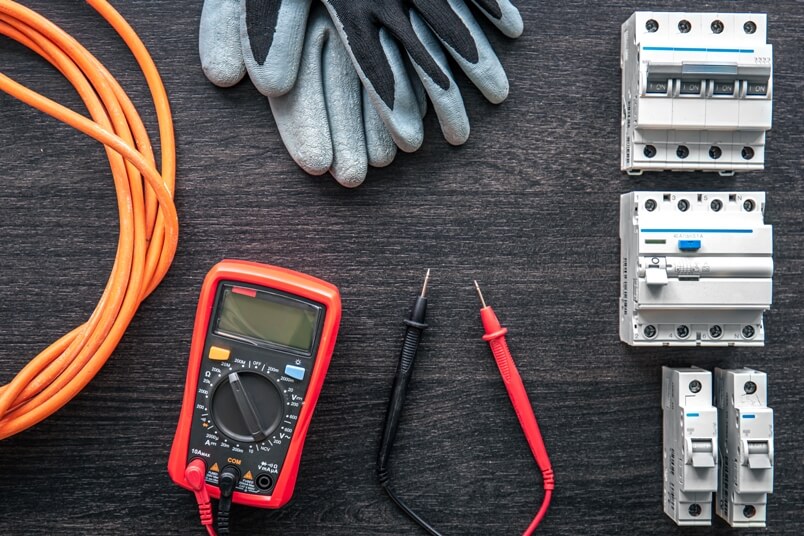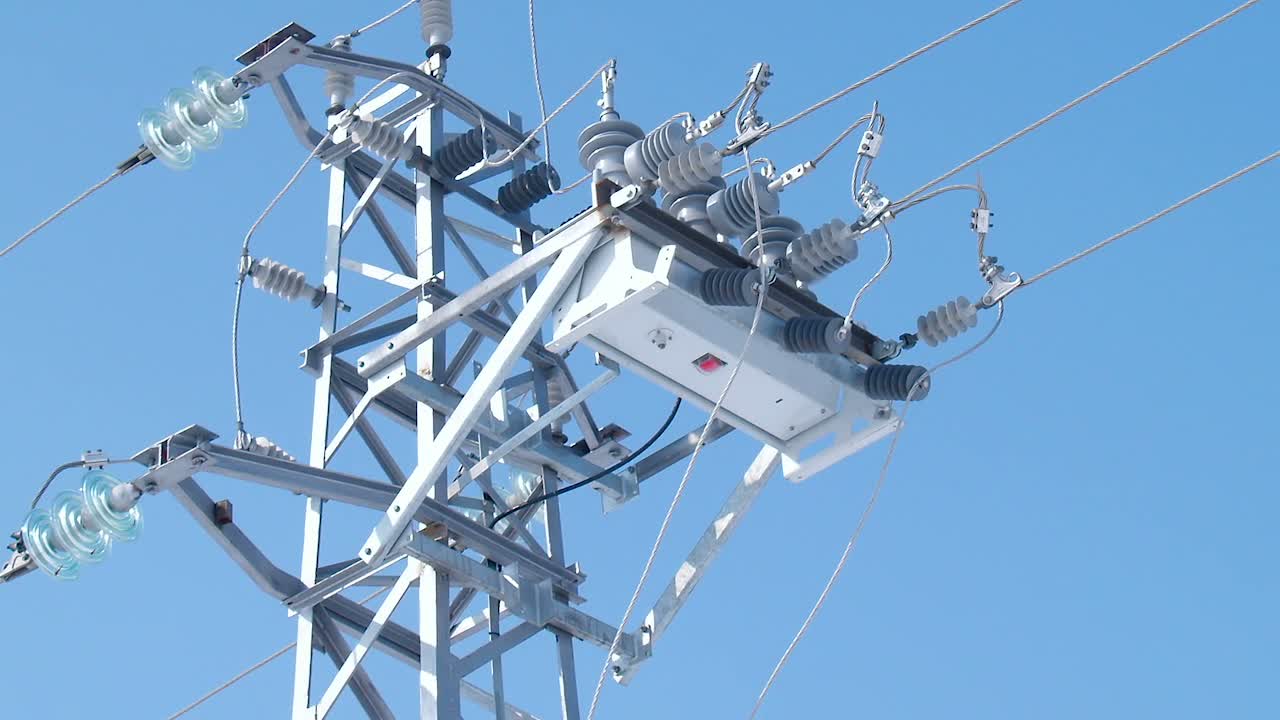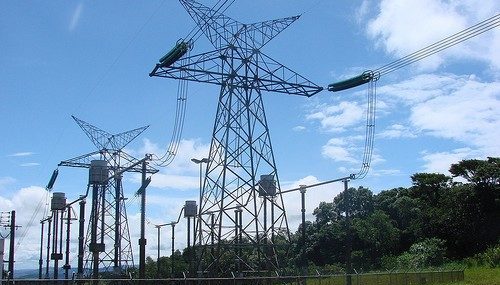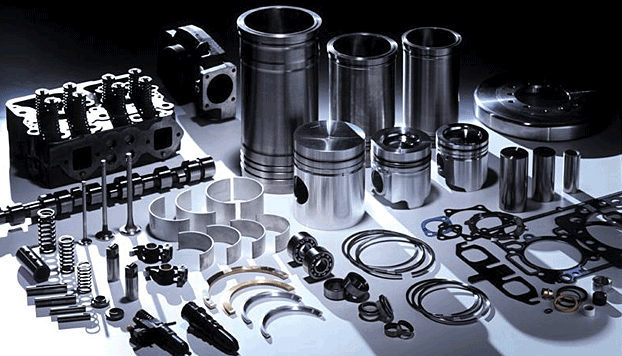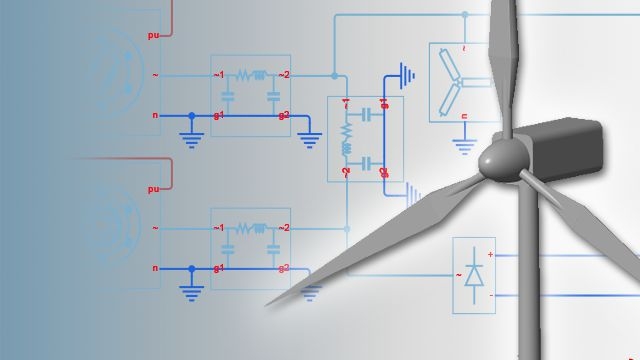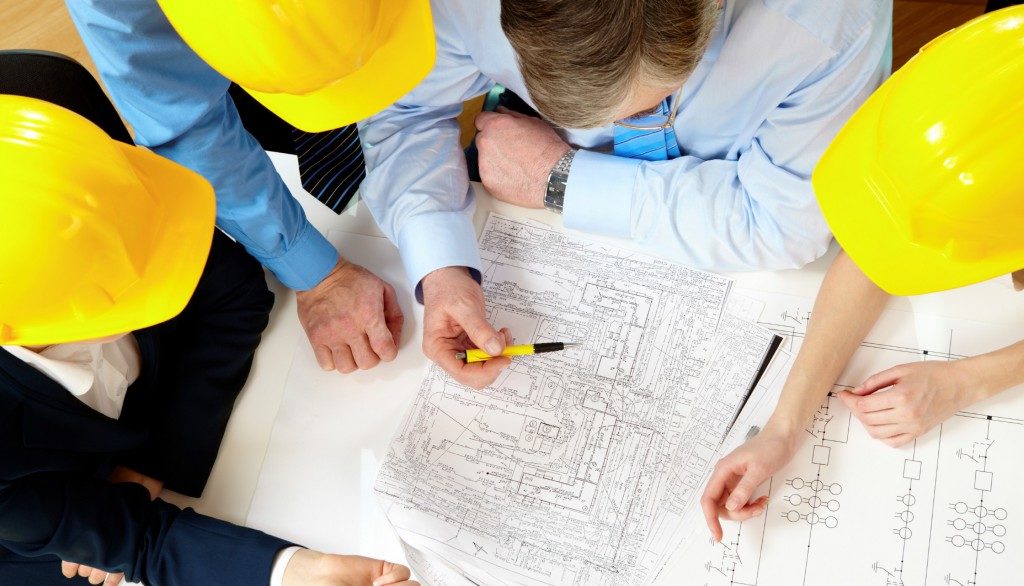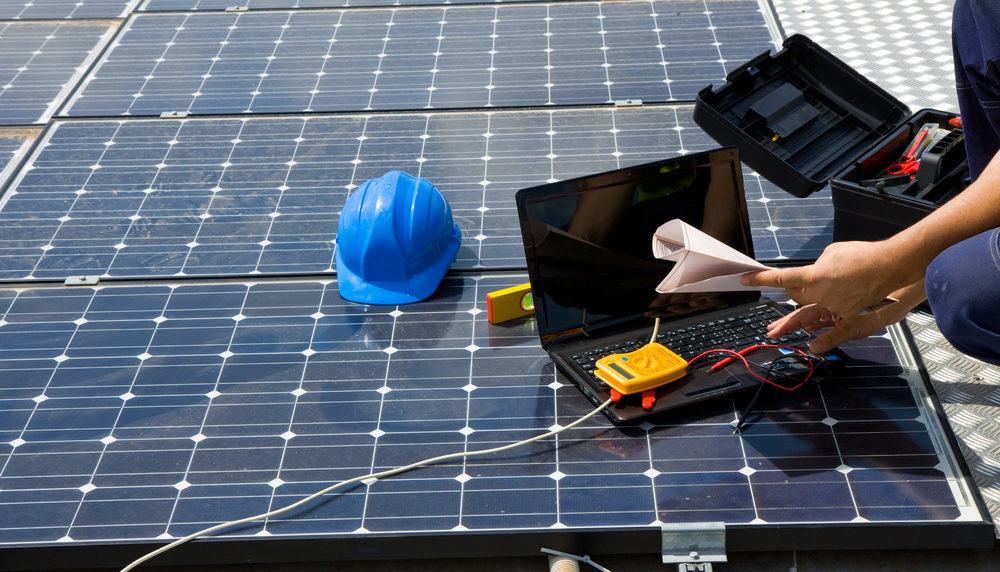DC Equipments
The converter is usually installed in a building called the valve hall. Early HVDC systems used mercury-arc valves, but since the mid-1970s, solid state devices such as thyristors are used. Converters using thyristors or mercury-arc valves are known as line commutated converters. In thyristor-based converters, many thyristors are connected in series to form a thyristor valve and each converter normally consists of six or twelve thyristor valves. The thyristor valves are usually grouped in pairs or groups of four and can stand on insulators on the floor or hang from insulators from the ceiling.
Line commutated converters require voltage from the AC network for commutation, but since the late 1990s, voltage sourced converters have started to be used for HVDC. Voltage sourced converters use insulated-gate bipolar transistors instead of thyristors and can provide power to a deenergized AC system.
Almost all converters used for HVDC are intrinsically able to operate with power conversion in either direction. Power conversion from AC to DC is known as rectification and conversion from DC to AC is known as inversion.
